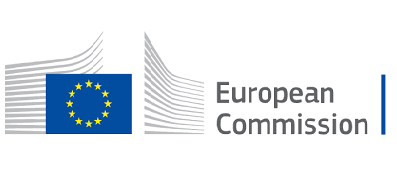The European Commission sets out a new EU Security Union Strategy for the period 2020 to 2025, focusing on priority areas where the EU can bring value to support Member States in fostering security for all those living in Europe. From combatting terrorism and organised crime, to preventing and detecting hybrid threats and increasing the resilience of our critical infrastructure, to promoting cybersecurity and fostering research and innovation, the strategy lays out the tools and measures to be developed over the next 5 years to ensure security in our physical and digital environment.
This strategy lays out 4 strategic priorities for action at EU level:
- A future-proof security environment
- Tackling evolving threats
- Protecting Europeans from terrorism and organised crime
- A strong European security ecosystem
EN IEC 62645:2020 protects the cybersecurity of nuclear power plants
The risk of cybersecurity threats on computer-based equipment and programmable logic devices used in industrial installations is always topical. In particular, IT equipment has been widely implemented also in nuclear power plants (both existing and newly built ones) to perform operational and safety functions. Therefore, the protection of nuclear power plants against cybersecurity threats is of particular importance to ensure plant safety and operation.
The IEC Subcommittee 45A (IEC – TC 45/SC 45A) on ‘Instrumentation, control and electrical power systems of nuclear facilities’, which is mirrored at European level by CLC/TC 45AX ‘Instrumentation, control and electrical power systems of nuclear facilities’, whose Secretariat is currently held by AFNOR, has been developing a cybersecurity standards framework. This framework is based on the ISO/IEC 27000 series and the security series of the International Atomic Energy Agency (IAEA).







